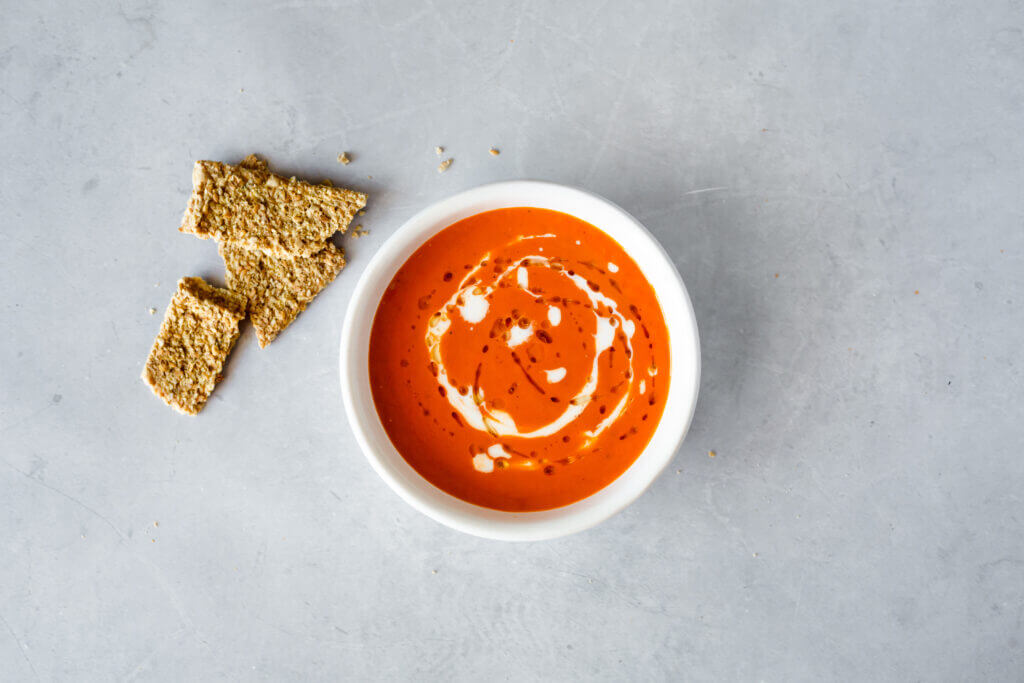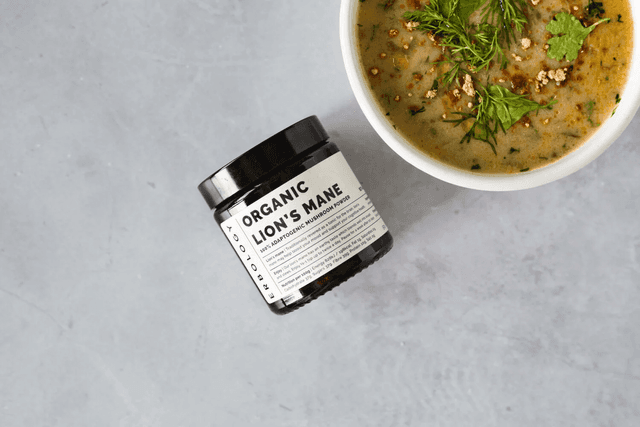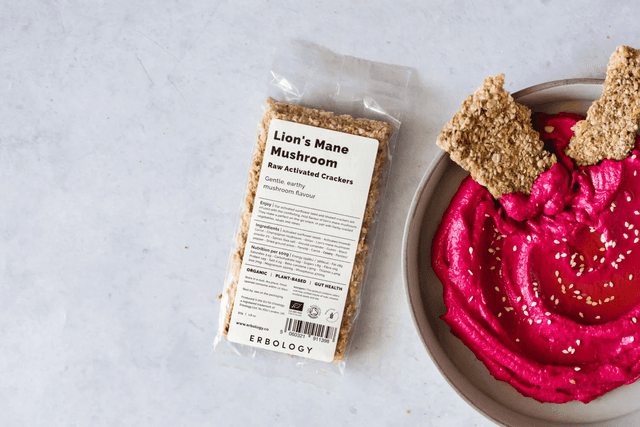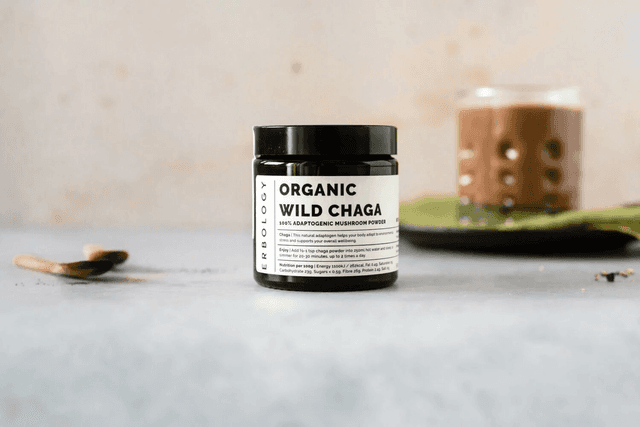07 Sep 2022
What is umami?
What is umami?
Also known as monosodium glutamate (MSG), umami is one of the core fifth tastes, which includes sweet, sour, bitter, and salty. In Japanese umami translates to “essence of deliciousness”. Its taste is often described as the meaty, savoury deliciousness that deepens flavour.
Each core taste comes with an individual message. For example, sweetness alerts the body to carbohydrates that give energy. On the other hand, bitterness warns the body that something might be toxic, therefore unsafe to eat. However, Umami helps the body recognise amino acids and protein. Therefore, this is an important core taste because protein is essential for health.(1)
Technically speaking, umami is the taste of glutamate, which is an amino acid that is used by almost all living beings in the production of proteins. Glutamate is naturally occurring within the human body and in many everyday foods such as cheese, meat, tomatoes and mushrooms. There are two types of glutamate. Glutamate bound to other amino acids in proteins (free) or unbound glutamate. It is the free glutamate that causes the umami taste.(2)
The majority of western traditions identify four basic flavours: sweet, sour, salty, and bitter. Most westerners barely remember there’s a fifth flavour profile, often asking the question “What is umami?”.
History of umami
Umami wasn’t first identified until 114 years ago (1908) by Japanese scientist Dr. Ikeda. While enjoying a bowl of his wife's kelp broth (kombu dashi), he isolated a taste and noticed that the savoury flavour was distinct from the other four basic tastes.
Furthermore, as far back as the Roman Empire, people have been cooking up ways to add a meaty, savoury deliciousness that deepens flavour. Historians have found that the Romans used at least four different kinds of fish sauce in pursuit of what we now refer to as umami.(3)
Unfortunately, Dr. Ikeda’s findings were not groundbreaking at the time of discovery. It wasn’t translated into English until 2002 and as a result, umami receptors on the tongue were only recently discovered. However, in hindsight it was a major breakthrough as it paved the way for umami to be recognised as a fifth taste.
What gives umami its taste?
Many scientists believe that the umami flavour lingers longer on our taste buds than other flavours, therefore a quality that makes umami more desirable.
Taste receptors activate when food mixes with saliva, and flows over and around the papillae. Receptor proteins ignore most of the food, but when they detect their specific particles they react.(4)
Two components come together to create umami: MSG and disodium inosinate (IMP). These don’t contain much flavour by themselves, but together they enhance the umami flavours in food. Glutamate binds to the receptors on your taste buds. This causes the savoury taste in your mouth. Subsequently, the human body creates more saliva and digestive juices to help digest the proteins alerted by umami. In short, umami foods increase saliva production, literally making the mouth water. As a result, food tastes better.(5)
The characteristics of umami taste include:
- Tongue coating sensation
- Mouth fullness
- Balanced taste
- Salivation
- Complexity
- Long lasting
MSG
Fermenting carbohydrate sources such as sugar beet, sugar cane, and molasses creates MSG. This fermentation process is similar to the one used to make wine and yogurt. Moreover MSG has no texture or smell. It's simply a flavour enhancer that has been widely used for over 100 years. In addition, it dissolves easily in water, separating into sodium and free glutamate.(6)
Furthermore, MSG is naturally present in many different foods, especially those that are high in protein. Common foods that contain MSG are:
- Animal protein: chicken, beef and salmon
- Cheese: parmesan, emmental and cheddar
- Vegetables: tomatoes, mushrooms, seaweed
- Seasonings: soy sauce, oyster sauce, miso
History of MSG
For decades, MSG had the reputation of being an unhealthy ingredient. However, recent research questions the accuracy of its claimed adverse effects on human health.
MSG got its initial bad press in the 1960s when Dr. Ho Man Kwok wrote a letter to the New England Journal of Medicine explaining that he got sick after consuming Chinese food. He believed his symptoms could have stemmed from consuming either alcohol, sodium, or MSG. Unfortunately, this fueled a lot of misinformation surrounding MSG, which was likely related to then-present biases against Chinese immigrants and their cuisine. What’s more, it became so stigmatised, in fact, that some restaurants started advertising that they’d cut MSG from their menu entirely.
Fortunately, current evidence corrects these claims, and the U.S. Food and Drug Administration (FDA) states MSG is safe. In addition, global food-regulating bodies like the United Nations Food and Agriculture Organisation (FAO) and the World Health Organisation (WHO) also agree.
Although considered a toxic ingredient during the 1960s, current evidence has debunked that myth, advising that MSG is safe when consumed in moderate amounts. Therefore, you shouldn’t eat excessively large doses or consume it if you experience adverse reactions. 14 mg per pound (30 mg per kilogram) of body weight per day is safe. This is far more than the amount you’d typically ingest following a normal diet.(7)

MSG symptom complex
The vast minority of people may experience adverse effects from consuming MSG due to a condition called MSG symptom complex. However, it affects less than 1% of the general population. As a result, the FDA does require companies that add MSG to their foods to include the additive on the list of ingredients on the packaging.
Symptoms reported include:
- Headaches
- Nausea
- Numbness
- Flushing
- Tingling
- Palpitations
- Drowsiness
In general, these symptoms are short-term and are likely to disappear in less than an hour. According to the FDA, the threshold dose that causes short-term and mild symptoms in sensitive people appears to be more than 3g of MSG without food. To put into perspective how high 3g is, a typical serving of an MSG-enriched food contains less than half a gram of MSG, therefore consuming 3 grams at one time is unlikely.(8)
Sometimes a deep-rooted bias against MSG can lead people to assume they’re having a reaction to it, which can prevent them from identifying the real reason. Commonly, MSG is present in processed foods such as fast food, snacks, instant noodles and frozen meals. Issues like flushing, headaches or increased blood pressure may arise due to them being high in salt and fat content. Therefore, it may not be the MSG that’s making you feel ill, and more to do with processed, fried and salt-rich foods.





